To optimize the properties of steel for specific applications, it is necessary to consider factors beyond its chemical composition. Hot rolling or cold rolling is a process employed to enhance the shape, uniformity, and mechanical properties of steel materials. Two primary categories of rolled steel, namely cold rolled and hot rolled steel, exhibit distinct characteristics that make them suitable for varying applications.
When selecting the appropriate rolled steel type for your project, it is vital to comprehend the distinctions between these two options. This understanding enables cost and time savings while avoiding additional processing steps. In this extensive guide, I will take you on a journey through the disparities between hot rolled and cold rolled steel, assessing their respective advantages, limitations, and applications.
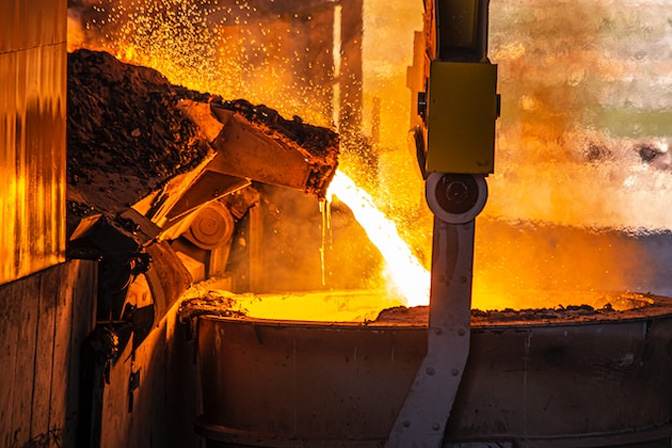
Rolling pertains to the specific manufacturing process utilized for steel material. Hot rolled steel refers to the production method where the steel undergoes intense heat treatment, involving the use of extremely high temperatures. The process begins with large, rectangular metal pieces known as billets. These billets are heated and subsequently processed by being flattened into large rolls.
During the hot-rolling process, the molten steel is subjected to substantial pressure at temperatures exceeding 926°C (1700°F). These elevated temperatures are crucial as they facilitate the recrystallization of the steel, ideally occurring between 750°F to 1,300°F. This recrystallization process enables the steel to be more easily formed and reshaped. After passing through the rolling mill to achieve the desired shape, the steel is then cooled down to finalize its production.
Hot rolled steel can be produced in larger quantities than cold rolled steel due to its ease of forming at high temperatures. This higher production volume helps keep the market hot roll steel prices lower.
The cooling process for hot rolled steel, known as normalizing, occurs at room temperature and enhances the material's ductility and toughness.
Despite its advantages, hot rolled steel may have some limitations. It undergoes slight shrinkage during cooling, resulting in internal stresses that can cause non-uniform measurements and distortions in shape.
Dimensional tolerances of hot rolled steel can vary between 2 to 5%, which should be considered for precision applications.
The surface of hot rolled steel has a characteristic scaly finish called mill scale, formed through oxidation at high temperatures.
Hot rolled steel can be easily identified by touch due to its uneven surface and lack of an oily film. Steel bars often have rounded corners.
Hot rolled steel is an optimal selection when strict tolerances are not the highest priority, which is applicable in numerous industries. The major advantage of hot rolled steel is its cost effectiveness, which outweighs the need for precision. Some typical applications of hot rolled steel include:
Structural components in construction and infrastructure projects.
Automotive frames, chassis, and structural parts.
Manufacturing equipment and machinery components.
Pipelines for transporting fluids and gases.
Agricultural machinery and equipment.
Storage tanks for liquids and gases.
Railways, train tracks, and shipping containers.
Construction equipment such as cranes and bulldozers.
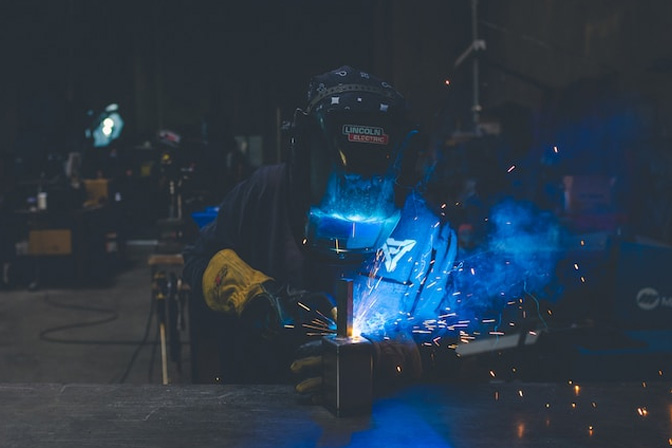
In essence, cold rolled steel refers to the additional processing undergone by hot rolled steel. As previously mentioned, rolling encompasses various processes such as turning, grinding, and polishing involved in shaping the steel. The subsequent operations further refine the existing hot rolled steel into a more sophisticated product. The term "cold rolled" primarily pertains to steels that have undergone compression during these processes.
Unlike hot roller, which involves heating at high temperatures followed by cooling, the production of cold rolled steel entails an additional step. At cold reduction mills, the steel is cooled and then re-rolled at room temperature using methods like cold roll forming or press-braking. This additional process allows for the attainment of the desired shape and dimensions of the steel.
Cold rolled steel exhibits smooth surfaces with an oily-like touch, offering better finish qualities and tighter tolerances compared to hot rolled steel. This makes it suitable for applications where aesthetics are important.
Cold rolled steel is known for its greater strength and hardness, often providing up to 20% higher strength than hotroll steel. This makes it advantageous for high-stress applications where strength is crucial.
The absence of shrinkage during the cold rolling process allows for the fabrication of more precise parts with consistent and accurate shapes. This ensures higher precision in the production of components.
Cold rolled steel supports a wide range of surface finishes, offering flexibility and options for the desired appearance and texture of the final product.
Cold rolled steel tends to be more expensive than hot rolled steel due to the additional processing steps involved in its production.
The additional treatments and processing during cold rolling can introduce internal stresses in the material, leading to unpredictable warping in some cases.
Cold rolled steel is typically available in fewer shapes, primarily in sheets and box section shapes, compared to the wider range of shapes available in hot rolled steel.
While cold rolled steel may have a higher cost compared to hot rolled steel, its various advantages make it a valuable choice for numerous applications. Its smooth surfaces require less additional finishing to achieve a desired result. Some examples of applications where cold rolled/cold drawn steel is commonly used include:
Automotive components and parts
Appliances and household equipment
Construction materials
Metal furniture and fixtures
Electrical equipment and components
Industrial machinery and equipment
Precision engineering and tooling
Pipes and tubes for various industries
HVAC systems and ductwork
Automotive body panels and frames
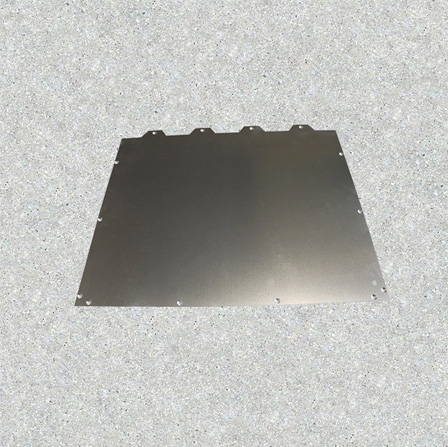
The properties and applications of hot rolled and cold rolled steel materials differ significantly, underscoring the crucial need for a comprehensive understanding of the material selection process during the initial stages of any development or project.
Element Composition
Hot rolled steel comprises mostly low or medium carbon with minimal alloying elements, relying on the inherent properties for strength, ductility, malleability, and weldability. Alloy steels deviate from elemental steel by introducing small amounts of higher-cost metals (and sometimes non-metals), which greatly alter their properties. Metals like molybdenum, chromium, nickel, and non-metals like silicon have a significant impact on a range of properties. In general, cold rolled steels consist of elemental steel compositions, while hot rolled steels are a combination of elemental and alloyed steels, depending on the specific requirements of the intended applications.
Corrosion Resistance
Hot rolled steel is not typically more corrosion-resistant than cold rolled steel. In some cases, cold rolled steel can have superior corrosion resistance. The corrosion resistance of steel depends on factors such as composition, impurities, and surface finish. Hot rolled steel may have a rougher surface and more impurities, making it more susceptible to corrosion. On the other hand, cold rolled steel often contains alloying elements that enhance corrosion resistance. The hot steel rolling process can result in the formation of a surface scale that acts as a barrier against corrosion, but this scale may contain impurities and may not offer long-term protection.
Weldability
Hot rolled steel is generally more weldable than cold rolled steel due to its lower carbon content and better flow during welding. However, internal stresses and irregularities may affect its weldability, necessitating preheating or other measures to minimize cracking or distortion.
Cold rolled steel, with a higher carbon content and harder surface, can be more challenging to weld. Yet, the uniformity of its composition and structure allows for better predictability and control during the welding process. Notably, the work-hardening properties of cold rolled steels will be lost at weld points, impacting structural properties.
Hot and cold rolled steel exhibit significant variations in properties, even with identical levels of alloying elements and carbon content.
Tensile Strength
Hot rolled steel typically has a tensile strength of approximately 67,000 psi (4.62×108 pascal), whereas cold rolled steels commonly possess a tensile strength of around 85,000 psi (5.86×108 pascal). This demonstrates a 26% increase in strength ascribed to the manufacturing process.
Yield Strength
Cold rolled steel typically has a yield strength of approximately 70,000 psi (4.83×108 pascal), whereas hot rolled steel has a lower yield strength of around 45,000 psi (3.1×107 pascal). This shows a significant 55% difference in yield strength resulting from the manufacturing process.
When comparing hot rolled and cold rolled steel, an important factor to consider is the recrystallization point. Cold rolling takes place when the metal material can form "new grains," often caused by the destruction of old grains during rolling and bending. However, cold working steel can reduce its strength, so a final step of annealing is added. This involves heating the steel to temperatures between 1,333 to 1,400 degrees Fahrenheit, just above the recrystallization point of steel.
During cooling, the steel is gradually brought to room temperature to allow for the creation of a uniform microstructure and resetting of grains. On the other hand, hot rolled steel is processed at temperatures above 1700 degrees Fahrenheit, higher than the recrystallization point of steel. This temperature condition is necessary for ease of forming and shaping the metal.
Hot rolled steel often has rough edges and surfaces due to the cooling process from high temperatures, resulting in a scaly appearance. Surface treatments, such as decarburization, may be necessary for further processing.
In contrast, cold rolled steel has a smooth and shiny surface as it does not undergo high-temperature treatments. Consequently, cold rolled steel is suitable for production operations without the need for additional surface treatments.
Hot rolled steel generally has a lower cost compared to cold rolled steel. The rationale behind this price difference is straightforward. The production of hot rolled steel does not require any additional processing or delays. It eliminates the need for reheating and reforming procedures that are characteristic of cold rolling. In contrast, cold rolled steel involves additional production operations such as cold drawing, turning, grinding, and polishing. These supplementary processes contribute to the increased cost of cold rolled steel compared to hot rolled steel.
When choosing between cold rolled steel and hot rolled steel for sheet metal fabrication, various factors should be considered. The application of the final product is a key consideration. Hot rolled steel is better suited for large structural components with relaxed tolerances and less emphasis on aesthetics.
Conversely, cold rolled steel is ideal for smaller parts that require greater durability and precision. It is stronger and harder compared to hot rolled steel, making it suitable for components used in high-stress conditions. If budget is a concern, hot rolled steel is a more cost-effective option compared to cold rolled steel.
Richconn has the capability to fabricate custom metal parts for diverse industries such as aerospace, automotive, and home appliances. Whether you prefer cold rolled steel or hot rolled steel, we can accommodate your specific steel requirements for your desired metal part. With our extensive expertise, qualifications, and experience, we are committed to delivering excellence in quality and customer service at competitive prices.
Hot rolled steel vs cold rolled steel have their own advantages and disadvantages based on the specific project and the desired outcome. Steel materials, in particular, serve as versatile building blocks suitable for various structural configurations. If you are searching for the optimal steel materials for your upcoming project, do not hesitate to contact Richconn. For detailed information about our steel sales or to request a quote for a customized project, please reach out to us using our contact details provided.
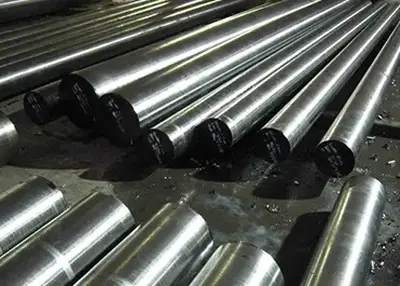 4140 Steel: A Versatile Alloy with Excellent PropertiesDecember 7, 2023Steel is one of the most widely used materials in the world, thanks to its strength, durability, and versatility. However, not all steel grades are the same. Depending on the chemical composition and the heat treatment, different steel grades can have different properties and applications.view
4140 Steel: A Versatile Alloy with Excellent PropertiesDecember 7, 2023Steel is one of the most widely used materials in the world, thanks to its strength, durability, and versatility. However, not all steel grades are the same. Depending on the chemical composition and the heat treatment, different steel grades can have different properties and applications.view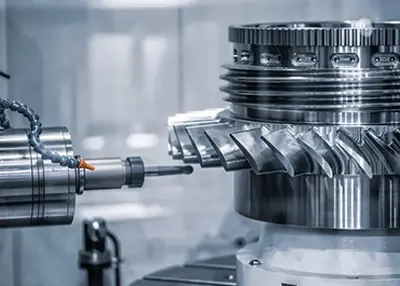 Aerospace CNC Machining: A Comprehensive GuideNovember 6, 2023Aerospace CNC machining plays a pivotal role in the aviation and aerospace industry. It's the technology that enables the precision manufacturing of critical components. In this guide, I'll walk you through the importance, applications, key steps, material and process selection, quality standards, and the process of finding a reliable aerospace CNC machining service, with a special recommendation for Richconn's services.view
Aerospace CNC Machining: A Comprehensive GuideNovember 6, 2023Aerospace CNC machining plays a pivotal role in the aviation and aerospace industry. It's the technology that enables the precision manufacturing of critical components. In this guide, I'll walk you through the importance, applications, key steps, material and process selection, quality standards, and the process of finding a reliable aerospace CNC machining service, with a special recommendation for Richconn's services.view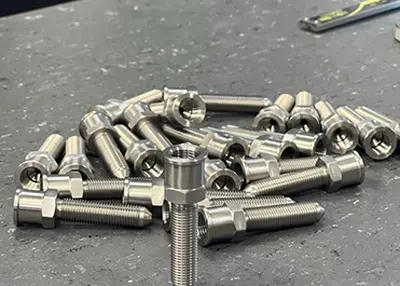 How many types of cast iron are there? How are the grades represented? The various uses of cast iron?October 31, 2023Cast iron is an iron and carbon alloy with carbon content greater than 2.11% (generally 2.5-4%). It is iron, carbon, silicon as the main constituent elements and more than carbon steel contains mangan...view
How many types of cast iron are there? How are the grades represented? The various uses of cast iron?October 31, 2023Cast iron is an iron and carbon alloy with carbon content greater than 2.11% (generally 2.5-4%). It is iron, carbon, silicon as the main constituent elements and more than carbon steel contains mangan...view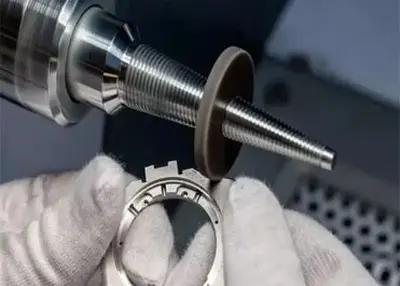 All the Information You Need to Know About Polishing Surface FinishMarch 1, 2024Here is all the information. Learn more about the necessary details to guarantee your project's success. Check it out.view
All the Information You Need to Know About Polishing Surface FinishMarch 1, 2024Here is all the information. Learn more about the necessary details to guarantee your project's success. Check it out.view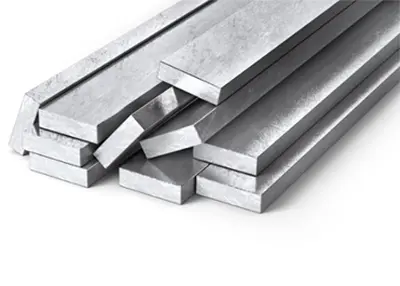 What five axes does the five axes machining center have?March 6, 2023Five-axis machining centers have long been important in the aerospace industry, where machined parts follow the aerodynamic form of the aircraft. Some machines move the rotary axis simply to position ...view
What five axes does the five axes machining center have?March 6, 2023Five-axis machining centers have long been important in the aerospace industry, where machined parts follow the aerodynamic form of the aircraft. Some machines move the rotary axis simply to position ...view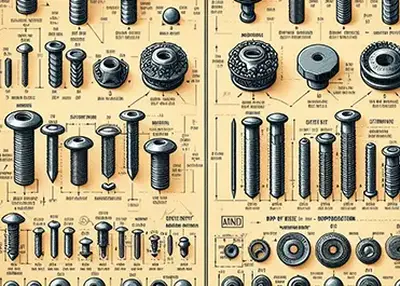 Pop Rivets vs. Blind Rivets: A Comparison of Two Common FastenersNovember 28, 2023Fasteners are devices that are used to join or hold two or more materials or parts together. There are many types and categories of fasteners, such as screws, bolts, nuts, washers, nails, pins, etc.view
Pop Rivets vs. Blind Rivets: A Comparison of Two Common FastenersNovember 28, 2023Fasteners are devices that are used to join or hold two or more materials or parts together. There are many types and categories of fasteners, such as screws, bolts, nuts, washers, nails, pins, etc.view